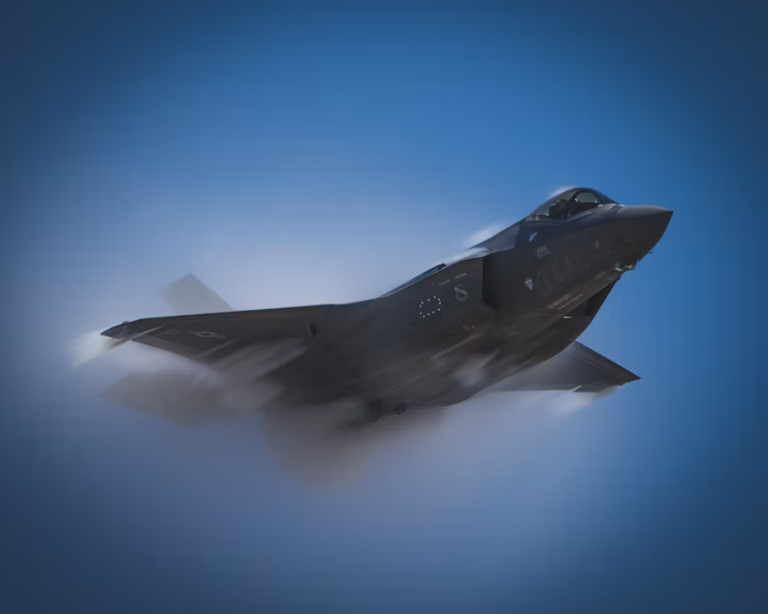In an exciting development that could transform the future of global air travel, China has revealed a hypersonic jet capable of reaching an astonishing speed of Mach 6.5—around 5,033 miles per hour. This breakthrough, unveiled by the Chinese Academy of Sciences, is a significant milestone in the pursuit of ultra-fast air travel.
The successful test flight took place in 2021 during a secretive experiment at the Jiuquan Satellite Launch Center, located in the Gobi Desert. The jet’s performance was captured on footage released by the research institute, providing a glimpse of a potential game-changer in aviation.
Unlike traditional sleek hypersonic aircraft, this jet has a bulkier design, akin to a jumbo jet, offering significantly more internal space for both passengers and cargo. This innovative approach challenges current hypersonic models that prioritize aerodynamics over capacity. If successful, this jet could revolutionize commercial aviation, making it possible to travel from Beijing to New York in just two hours—an impressive reduction from the current 13-hour flight time.
The test flight, which lasted 20 minutes, demonstrated considerable advancements in hypersonic flight technology. However, experts acknowledge that several challenges remain, such as developing the right materials, improving structural integrity, and creating powerful systems that can sustain such extreme speeds.
This achievement is a part of China’s broader effort, backed by the National Natural Science Foundation, to push the boundaries of civilian air travel. Researchers, led by Cui Kai, aim to refine the design and overcome obstacles, potentially opening the door to a new era of air travel where long-haul flights become incredibly fast and efficient.
If China’s hypersonic jet technology proves successful, we could witness a paradigm shift in the aviation industry, offering passengers the ability to travel across the globe in record time. Although it’s still in its early stages, this ambitious project could mark the beginning of a revolution in how we think about air travel.



Comments (0)
No comments yet. Be the first to comment!
Leave a Comment